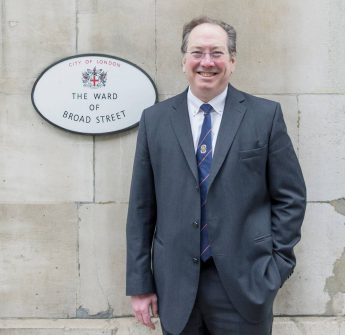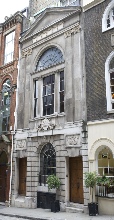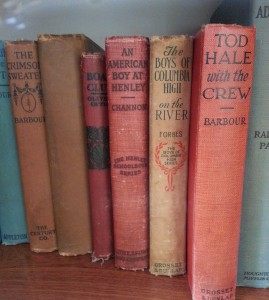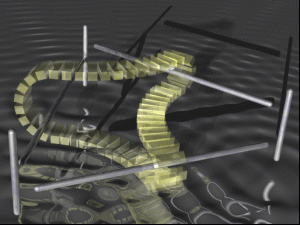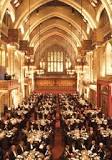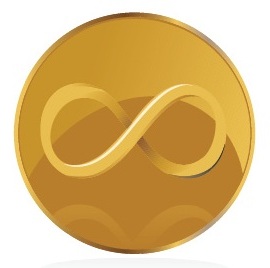The election campaign has been going great guns for almost three weeks. It’s a tough campaign and my fellow candidate has been meeting many of the electors as well. A wonderful group of friends have been fantastically supportive. I couldn’t begin to name them all but I can characterise the campaign so far as cyber, air, land & sea:
- cyber – these days it is trendy to talk about a fourth theatre as ‘cyber’, but we call it e-mailing. Rather than peppering people, there has been a single email to all (well, all we could have a guess at) followed by precision emails, frequently sent on our behalf to one, two or three electors;
- air – all postal voters were posted campaign flyers very early on, which really cuts into the tight budget that electoral law allows for the campaign;
- land – the hard work – has been done on two fronts, a mass hand-delivery by several kind volunteers and me, plus direct canvassing. John Bennett, John Scott and Chris Hayward have been exemplary at seeing their ward members. Friends have picked up some of the firms they work in. I’ve been helped in the direct door-to-door canvassing by many people, but I might pick out some of the bigger door-to-door visitors, Bob Reid, Mei Sim Lai, Ian Hillier-Brook, Mark Duff, Yvonne Duff, and my dear Elisabeth. Bob visited 30 electors face-to-face yesterday alone.
And some observations? Well, two things. The ward list is quite out-of-date, yet only 18 months old (qualifying date was 1 September 2012 and in force from 16 February 2013 to 15 February 2014). Many businesses have closed or left the ward. Many electors have moved on or lost their jobs. We constantly need to find ways to increase the ward’s attractiveness to businesses and residents. Second, there is a big desire among ward members to explore ways of improving life in the ward. More on this I hope at the wardmote. Please do come to Carpenters’ Hall at 12:00 on Wednesday, 3 July, if you’d like, but even more importantly make all this canvassing worth it by voting at Carpenters’ Hall from 08:00 to 20:00 on Thursday, 4 July. I hope to greet some of you there.
And sea? Well, sadly for a Thames barge owner like me, Broad Street Ward is landlocked. Happily though, I’m attending a luncheon today at the Watermen & Lightermen Hall down by the Thames where, though in Billingsgate Ward, I hope to meet a few more Broad Street electors.
